Imaging and photography
Why is photography and imaging important to you?
Why is photography and imaging important to you?
Analysis and planning is vitally important if the best results are to be achieved.
Rhinoplasty is not a “cookie cutter” operation. It is a huge mistake to follow a standard set of steps in every rhinoplasty. All noses are different and so every rhinoplasty is different and individual. Analysis must be performed very carefully, with great effort taken to see and understand the anatomy and features of your nose. If these features are not understood then it will not be possible to know what is possible for you or what your personal risks are. Only by understanding your nasal anatomy can a plan be drawn up that is right for you personally.
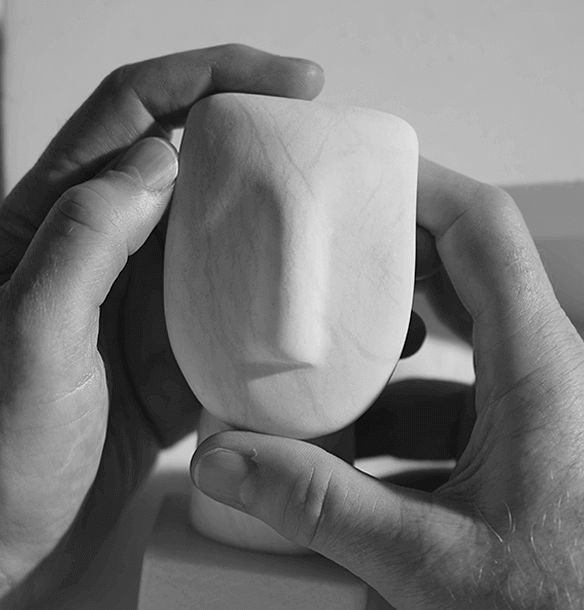
This analysis cannot be properly carried out without high quality, reproducible photography. A set of rhinoplasty views with careful attention paid to the position and angle of your head should be taken. A dedicated area for photography should be present with proper studio lighting and a consistent colour background. The camera should have a portrait lens to prevent facial distortion. The lighting should be set up so that there are no shadows around or on the face as these prevent accurate analysis. You should be shown your photographs and your nose should be explained to you. If your photographs are not sharp, do not have a plain background and have shadows they are not good enough for analysis. A reproducible photography set up also enables comparison of before and after surgery pictures. Camera phones and point and press cameras will distort your face as they are too wide angle. This is why you should not judge your nose on selfies either.
We have a dedicated space for photography with wall mounted studio lights and Canon full frame cameras with 100 mm macro portrait lens. We have further enhanced the lighting with a special ring flash.
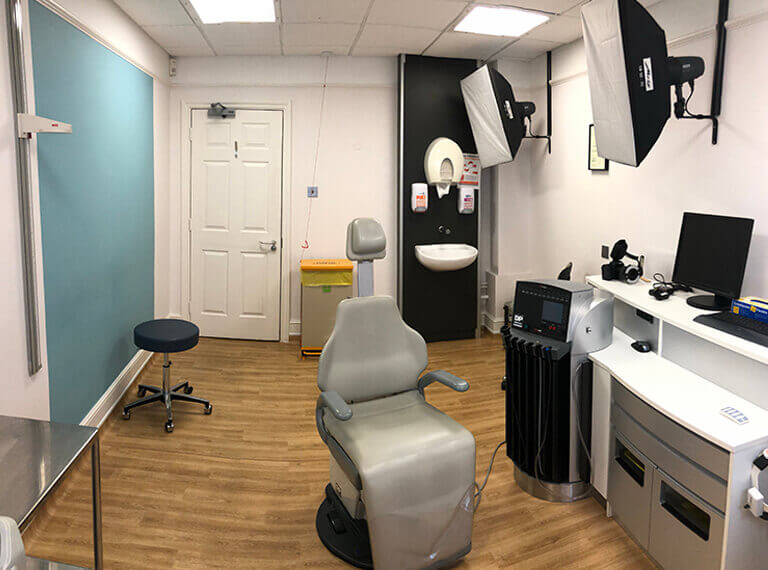
Image manipiulation is very helpful in most cases. It helps you to communicate what you want and helps you to see whether your ideas for change fit the image you have in your mind. Seeing them also helps you decide whether they are worthwhile and whether the possibility of them excites you. Importantly it also helps me to communicate to you what is and is not possible.
The computer programmes I use enable lengths and angles to be measured. I have developed these measurement tools for rhinoplasty. The individual measurements enhance planning and complement my aesthetic judgement during surgery.
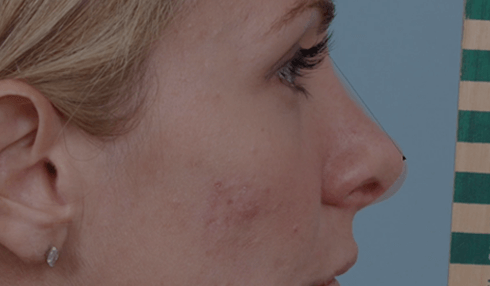
3D photography helps us to see possible changes from all angles and views. This provides additional help which complements the full set of 2D photographs. We have invested in using the Canfield H1 3D camera with Vectra software.
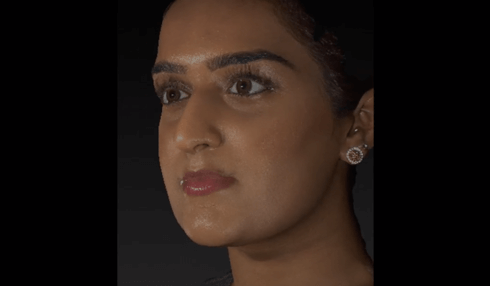
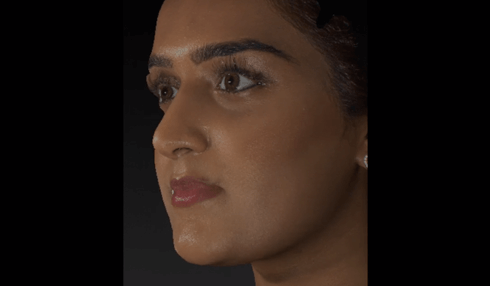
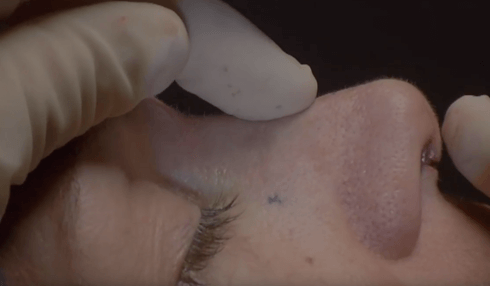
Most rhinoplasties involve removal of bone for bump or hump reduction. It is frequently necessary to break the bones of the nose as well (osteotomies). I performed these manoeuvres for many years with hand held metal rasps and chisels. Good results could be achieved but I was always looking for more precision and control. I was an early adopter and for the last 5 years I have been one of the pioneers of piezo rhinoplasty. This has been called by others ultrasound rhinoplasty or diamond rhinoplasty. Electricity is used to excite a crystal. The ceramic crystal vibrates and these fine vibrations are transmitted to small instrumement tips which can cut, remove and sculpt bone using sharp medal edges like scalpels or diamond coated metal surfaces.
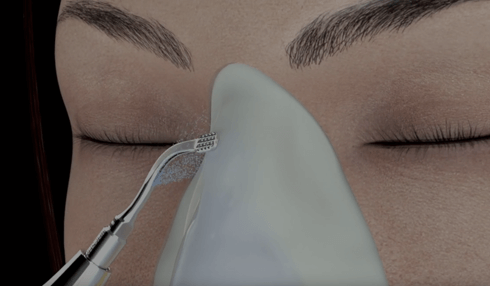
Piezo technology and instrumentation allows me to make smaller, finer, more controlled changes to bones. It allows me to make additional changes to bones after they have been broken. It allows me to make holes in bones so they can be stitched and fixed in place. It does not damage cartilage. It provides opportunities that would not otherwise be available.
I would not perform rhinoplasty now without my piezo surgical instruments.